Carnations are one of the world’s most popular flowers and its easy to see why with their vibrant and various colours, ruffled appearance, sweet scent, and long lasting bloom. We have a long history with the charming carnation as it has been revered since the Greek and Roman times.
“There is no flower more desirable in the flower-garden than the Carnation. A well-grown, superior variety, cannot be surpassed, in elegance, beauty, or odor by any other flower…” – Joesph Breck, “The Flower Garden”, 1851
Carnations Origins
The single stem carnation, Dianthus caryophyllus, has been cultivated for over 2,000 years making it one of the world’s oldest cultivated flowers. Due to its expansive cultivation its been difficult to pinpoint the carnation’s exact origins but it’s believed to be somewhere in Eurasia or the perhaps within the Mediterranean.
It’s scientific name, Dianthus, was named by the Greek botanist Theopharastus. The name is derived from two Greek words, dios referring to the god Zeus, and anthos which means flower. Meaning that Dianthus roughly translates as “The Flower of God”. The name carnation, may also be derived from the Greek word corone, which translates as garland or wreath or it could even possibly derive from coronation, as the flower was frequently used in ceremonial crowns. Some scholars have also suggested that the Latin word carnis which translates as flesh, could refer to the carnation’s original pink hue or incarnacyon, which refers to the Christian iconography of Jesus as God made-flesh. Christian lore also believes the first carnation bloomed on earth when Mary wept for Jesus as he carried his cross.
History of Carnations
Carnations are a well-loved flower and have been used in everything from flower garlands in Greek and Roman times, to decorations and even flavouring for beer and other spirits in Europe and other countries through to modern day. By the 1700s the carnation had been cultivated into an expanse of colours such as crimson, blush, scarlet, tawny and more, as well as having edges with stripes, spots, veins, and more. These hybrids were divided into four classes:
• Bizarre: double or striped with four distinct colours.
• Flake: striped with only two colours.
• Flame: red flowers with black.
• Picotee: white flowers that are spotted with a different colour.
It was through this breeding that helped make the carnation such a long lasting cut flower. Carnations were also a popular flower used by the Victorians in floriography, the language of flowers.
Related: The Language and Meaning of Flowers
The first carnations in the U.S. came in a shipment from France to Long Island, New York, in 1852 while it was considered an exotic flower in Australia until it was first commercially grown in 1954.
Today, carnations are the flower for mothers and for Mother’s Day. Mother’s Day was created by Miss Anna Jarvis when she started a successful campaign to establish a national day in the United States to commemorate mothers. In 1914, President Woodrow Wilson proclaimed Mother’s Day a national holiday. Carnations became associated with Mother’s Day as Miss Jarvis first sent 500 white carnations to the Andrews Methodist Episcopal Church in Grafton, West Virginia to be given to the mothers in attendance. Since then carnations have been frequently used as gifts for mothers on Mother’s Day.
Related: Mother's Day Gift Guide
Different Carnation Types
Carnations are a very popular cut flower with florists due to its hearty and long-lasting bloom. While its original colour was said to be pink, since its cultivation it now come in variety of shades of pink, red, white, yellow, purple, green and more as well as bi-colours. Carnations also take well to being dyed making their colour possibilities endless. There are three main types of carnations, one stem, dwarf and spray and within these three main types are hundreds of variations.
• Large bloom, single stem – The most common type of carnation.
• Spray – several smaller flowers per stem.
• Dwarf – small blooms that can have single or spray blooms
Popular Carnation Varieties
Carnation - Dianthus Caryophyllus : A florist’s favourite, this is the most common and recognizable type of carnation. A long single stem with one large colourful bloom on the end.
Sweet William - Dianthus Barbatus: A very versatile carnation that can grow in nearly any country. Native to certain parts of Asia and Europe, it can grow up to two feet tall and comes in salmon, pink, white, and red colours and has an exceptionally sweet fragrance.
Cheddar Pinks - Dianthus Grataniapolitensis: Cheddar pinks are perennial flowers that grow in a dense mat-like formation. This carnation comes in a variety of shades of pink and is a protected species in the United Kingdom.
Maiden Pinks - Dianthus Deltoides: Coming in red or pink shades, Maiden Pinks are short term perennials that are native to western Asia and most of Europe. Maiden Pinks have fluffy looking edges and narrow stems and leaves.
Hardy Annual Dianthus - Dianthus Chinensis: Native to China, Mongolia, eastern Russia and Korean, this type of carnation is one of the few that doesn’t do well in a hot and humid environment. They grow from Spring to Fall in shades of red, white, and pink with green and greyish leaves and can grow singly or in spray form. They are also called China Pinks or Rainbow Pinks.
recommended carnation bouquets
Flower Shop Carnation Bouquet AE02
Flower Shop Carnation Bouquet AE01
Body Care Carnation Flower Box
Carnation Colours and their Meanings
• Pink: Light pink is an expression of a mother’s undying love while dark pink carnations express tenderness and fondness.
• Red: Love, affection, and admiration.
• White: Purity and good luck.
• Striped: During the Victorian era, striped carnations were used to reject a love interest or advance. Today, they can convey regret.
• Purple: Capriciousness, impulsivity, and being unpredictable.
• Yellow/Orange: Victorians used these flowers to convey rejection, disdain, or disappointment.
Related: Carnation Colours and their Meanings
Carnation Care
Whether you enjoy carnations in a flower bouquet or in your garden, carnations are easy flowers to keep and maintain.
Cut Carnation Flower Care
Carnations can last up to three weeks with proper care.
• Clean the vase.
• Cut the stems at a 45 degree angle.
• Use flower food.
• Prune and remove any dead or dying leaves or petals, especially if they’ve fallen in the water.
• Change the water daily.
• Keep flowers away from drafts, fans, and appliances that give off heat.
• Keep the flowers away from direct sunlight to discourage microbial growth.
Related: How to Make Your Flowers Last Longer
Carnations soil requirements: direct sunlight, plenty of water.
• Carnations like rich, sandy loam soil.
• If you’re growing carnations from seed its best to germinate them indoors for 6-8 weeks before planting. The seeds will germinate in less than 2 weeks.
• Plants should be about 12 inches apart.
• Carnations grow well from cuttings.
• Avoid over-watering
• It’s important to remove unwanted buds to ensure that the wanted ones fully develop.
Interesting Carnation Facts
• The blooms are edible.
• In the Netherlands, white carnations are worn to remember veterans and the country’s resistance to World War II.
• In France, purple carnations are the traditional funeral flower.
• Spain and Slovenia both name Carnations as their national flower.
• Green carnations were famously worn by the writer and playwright, Oscar Wilde.
• Most of the carnations are from Colombia.
• Carnations are the second most popular cut flower after roses.
• Carnations are popular wedding flowers in China.




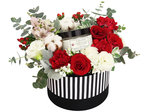

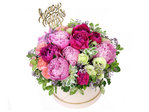
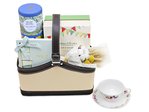
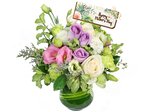
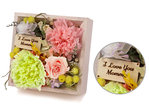
 Share
Share Tweet
Tweet +1
+1  Pin it
Pin it Post
Post  Weibo
Weibo Review
Review

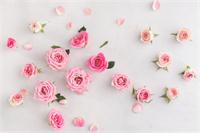
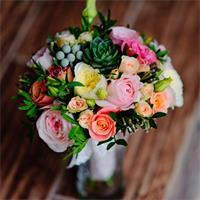
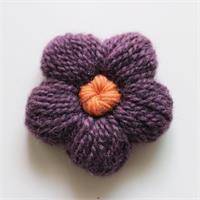


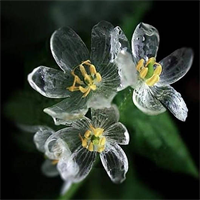
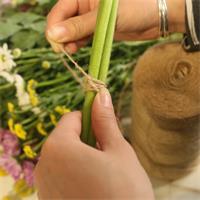
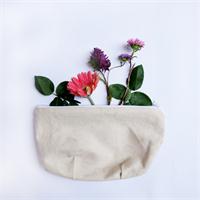



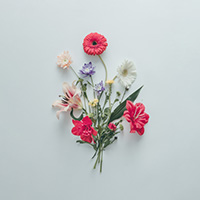
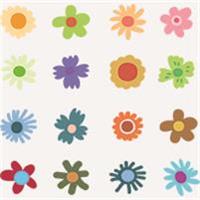
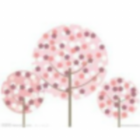



 Diwali Gifts
Diwali Gifts 
 ▶
▶